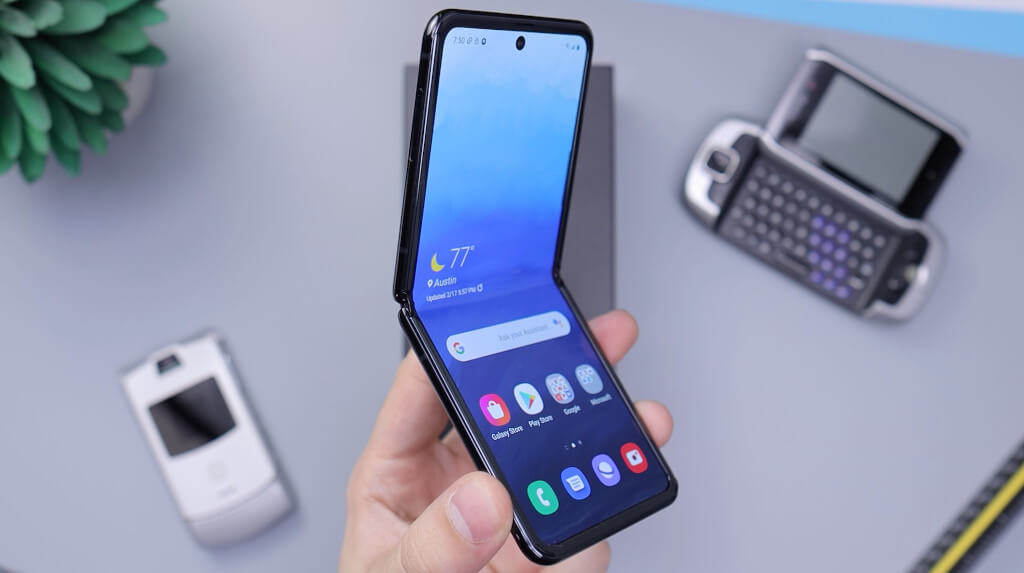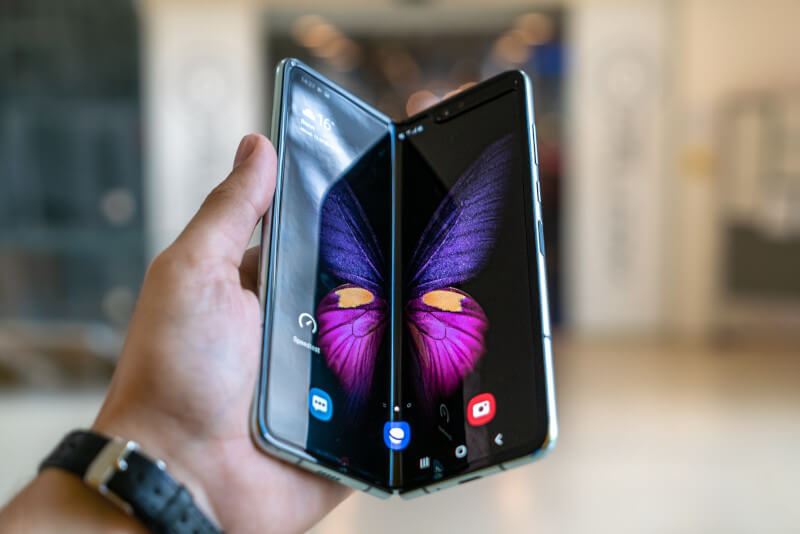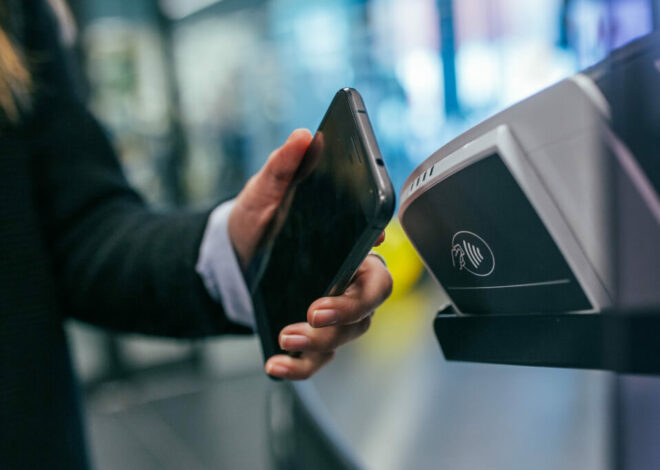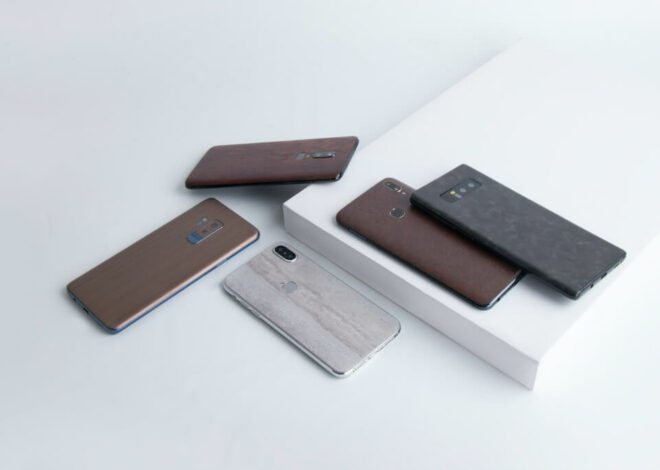
Future of Foldable Phones
You may recall the pleasant snap of the flip phones of the early 2000s. Today, we have their cutting-edge offspring in the form of foldable smartphones. These devices aren’t just opening to answer calls; they’re also expanding to provide more screen real estate, enhanced multitasking, and a touch of the future. But will these gadgets survive, or will they eventually give in?
The Most Recent Foldable Models
Samsung’s Galaxy Z Fold and Huawei’s Mate X series are two names that may come up in discussions on the most recent foldable models. Samsung’s Galaxy Z Fold 3 has a 7.6-inch primary screen and an under-display camera for a truly bezel-free viewing experience when unfolded. However, the 8-inch OLED display of the Huawei Mate X2 produces vivid colours and crisp images. The Motorola Razr 5G is another option; it looks and feels like its legendary forerunner but features 5G connectivity and a touch-enabled, ultra-quick view display. These manufacturers are forging ahead, but their rivals are close following. The tech community gets excited with each new version because they know there will be significant improvements in the areas of design, performance, and usefulness.
The Upside and the Downs

To begin, the pros include foldable phones having several uses. This device combines a smartphone with the convenience of a tablet. When unfolded, the larger screen space is a pleasure for anyone, whether you’re a serial multitasker or just prefer watching Netflix on the move. Imagine having all that extra space to work in while editing your images or films; it’s a dream come true for any artist.
But with the convenience of these phones also comes a new set of problems. Many users consider durability as their top priority. The existence of a hinge raises concerns about the device’s durability and its capacity to sustain normal use. Another consideration is cost. The high cost of current foldable smartphones limits their market appeal.
Since its inception, foldable displays have greatly improved in terms of durability, especially those composed of flexible plastic polymers as opposed to the more conventional glass. However, there are a number of things to think about:
One key difference between traditional smartphones and foldable screens is the material used to create them. Displays made from these materials can be bent and folded, but they are more easily scratched than conventional glass.
The hinge mechanism is just as important to the longevity of a foldable phone as the screen material. To prevent dust and debris from affecting the folding motion and perhaps damaging the display over time, manufacturers have been developing to make these hinges stronger. Fatigue limits exist for all materials. This means there is a certain number of fold/unfold cycles before the foldable screen and its supporting components begin to show signs of wear. The average user may expect to use a smartphone from a company like Samsung for several years, as the company claims the device can resist hundreds of thousands of folds.
Manufacturers have been attempting to improve the durability of foldable screens by using advancements in technology and protective layers. With the Galaxy Z Flip, for instance, Samsung debuted its Ultra-thin Glass (UTG), which is still flexible despite providing more protection than the plastic screens of previous models. In addition, many manufactures add a layer of protection over the actual screen to keep it free of scuffs and scrapes. The longevity and durability of any product are proportional to the care and attention given to it by its owners. Foldable screens can last longer if you take better care of them, don’t press down too hard, and use the screen protectors that are included or highly suggested.
Feedback From Users
It’s important to pause and learn from individuals who have already embraced the foldable lifestyle. The ease of use has been praised by many users. ‘I adore reading e-books on my foldable,’ said one consumer. I can’t tell the difference between this and reading a real book. However, not everyone has had an easy time adapting. Given its unusual form factor, finding appropriate protective cases and screen guards is a common source of customer complaints.
The optimisation of the app is another major area for comments. However, not all apps have been updated to work with the wider display that foldable phones offer. When switching from the default to the expanded view, some users experience frustration with their preferred apps.
The Future of Mobile Devices
The concept of foldable smartphones, once the purview of science fiction, has now established a firm foothold in the smartphone market. Their introduction is more than just a passing fad; it represents a serious commitment to progress in a particular field. Though exciting, there is also some reason to be wary, as with every major technological progress.
The emergence of foldables certainly provides a new perspective on the capabilities of mobile devices. They are more than just a bigger screen; they are a demonstration of the creative potential of the human mind. Think of all the ways you could use these devices to multitask or watch media! Alternatively, the potential they provide for creative fields such as gaming, painting, and design.
But doubts about new ideas are inevitable. Given their high prices, consumers are understandably wary of these gadgets’ reliability and usefulness. Will they last, or will they end up in the tech dustbin like so many other promising breakthroughs before them? While feedback from users might be instructive about how a product performs in practise, only time will tell if these gadgets live up to their claims. Foldability isn’t the only factor contributing to the rise of flexible smartphones. The question is whether programmers can take advantage of this layout to create programmes and user interfaces that take full advantage of the device’s specific dimensions. The goal is to make using a folded phone something completely different, not just two conventional phones stuck together.



